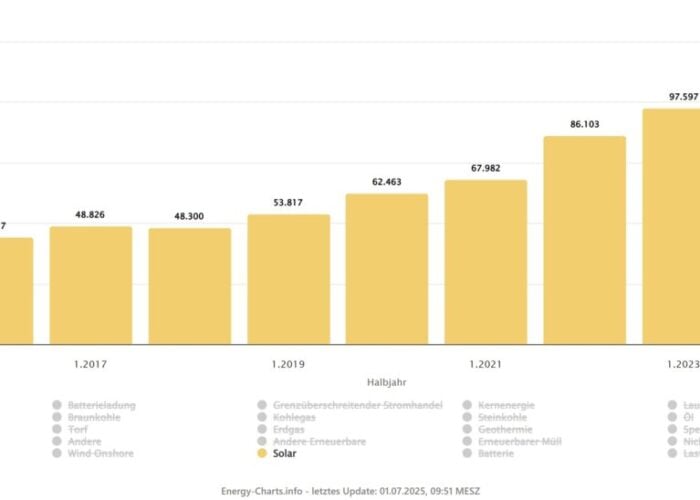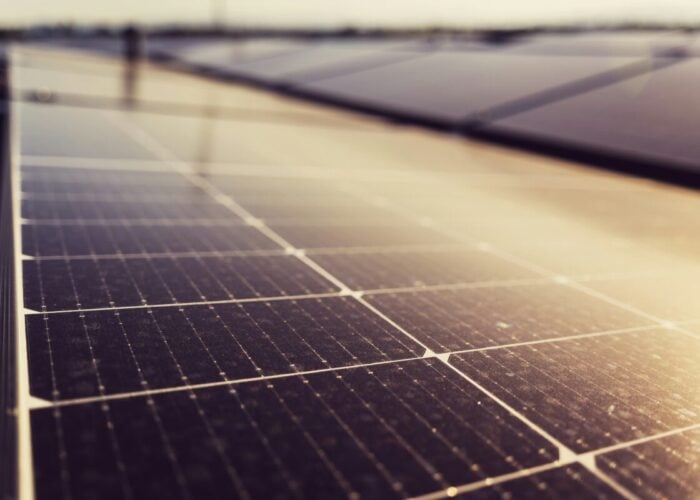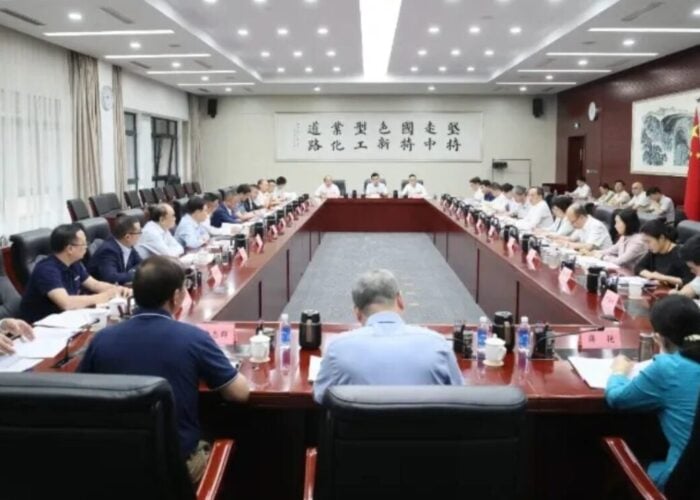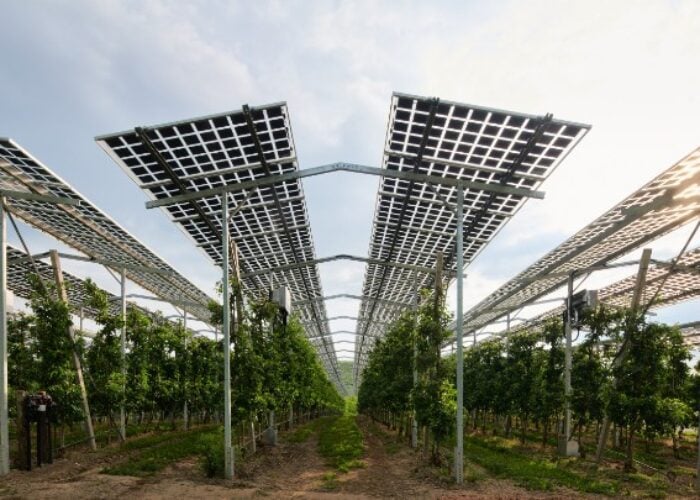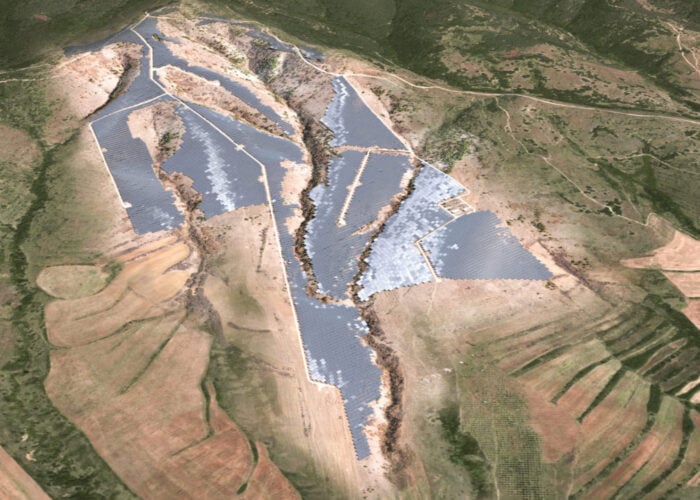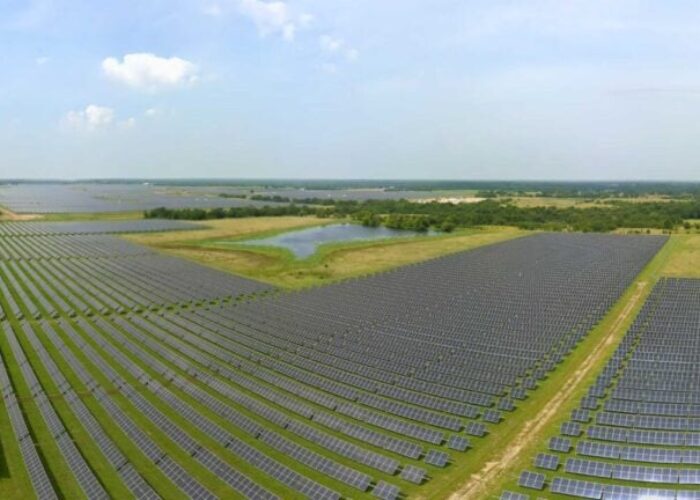After eleven years of research and development, Sharp Corporation has achieved the world’s highest solar cell conversion efficiency of 36.9% using a triple-junction compound solar cell in which the solar cell has a stacked three-layer structure. Measurement of this value, which sets a new record for the world’s highest non-concentrating conversion efficiency, was confirmed at the National Institute of Advanced Industrial Science and Technology (AIST).
Compound solar cells utilize photo-absorption layers made from compounds consisting of two or more elements, such as indium and gallium. Due to the high conversion efficiency, compound solar cells have been used primarily on space satellites.
Unlock unlimited access for 12 whole months of distinctive global analysis
Photovoltaics International is now included.
- Regular insight and analysis of the industry’s biggest developments
- In-depth interviews with the industry’s leading figures
- Unlimited digital access to the PV Tech Power journal catalogue
- Unlimited digital access to the Photovoltaics International journal catalogue
- Access to more than 1,000 technical papers
- Discounts on Solar Media’s portfolio of events, in-person and virtual
In 2009, Sharp succeeded in improving cell conversion efficiency to 35.8% based on proprietary technology that enabled efficient fabrication of a stacked triple-layer structure with InGaAs (indium gallium arsenide) as the bottom layer. This latest increase in conversion efficiency was achieved by improving the maximum power output of the solar cell by reducing the resistance of the junction areas necessary to connect the solar cell layers in series.
Japan’s New Energy and Industrial Technology Development Organisation (NEDO), which promotes research and development as well as disseminating industrial energy and environmental technologies, aided this breakthrough.
In the future, processes for transferring ultra-thin PV layers onto film substrates will make lightweight, flexible solar cells possible.

